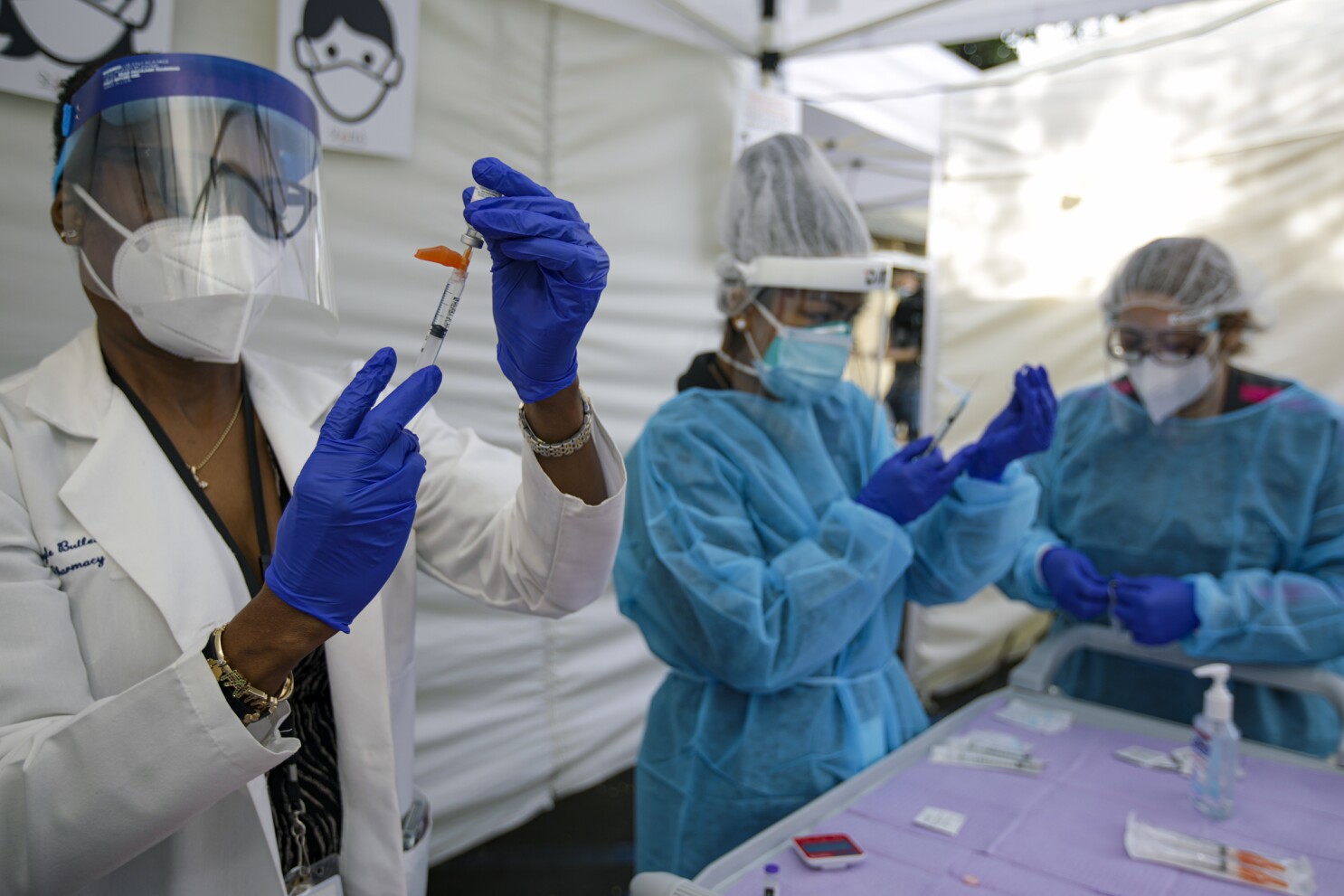Starting in the early 1960s and up until the late 1990s scoliosis was treated with surgery with so-called Harrington rods that were implanted along the spinal column. The Boston brace a TLSO brace designed to treat adolescent idiopathic scoliosis is the most commonly used traditional scoliosis brace.
There are 3 general categories of scoliosis surgery.

Scoliosis surgery without rods. The basic idea is to realign and fuse together the curved vertebrae so that they heal into a single solid bone. Potential Risks and Complications. The operation for scoliosis is a spinal fusion.
Maroon has recommended a lumbar fusion he now typically uses a facet fusion system called TruFUSE. This is especially true for those following the traditional treatment path. Rods plates wires or screws can be used to hold the bones together while the fusion heals.
Recent advancements in spine surgery have allowed some patients who need lumbar fusion to avoid metal rods and pedicle screws being placed in their spine following a laminectomy. Recovery from scoliosis surgery is challenging. Surgical Options for Idiopathic Scoliosis.
We use an exercise-based regime called ScolioGold to correct scoliosis without any surgical intervention whatsoever. It was the severity of my condition and the fact that I really had no other option that pushed me to undergo surgery. This spinal surgery permanently fuses two or more adjacent vertebrae so that they grow together at the spinal joint and form a solid bone that no longer moves.
Back braces are not often used in adults with scoliosis but they can provide pain relief by supporting your spine. When a person is diagnosed with severe scoliosis meaning their Cobb angle is over 45 degrees spinal-fusion surgery is often recommended. Starting in the late 1990s surgeons started using newer techniques to fuse the spinal column.
While attaching a Harrington rod to a fused spine helps reduce the Cobb angle there are many potential risks and side effects. Spinal fusion surgery for scoliosis is frequently recommended to those who show no improvements with bracing and spinal fusion literally fuses the vertebrae together. Unlike distraction techniques growing rods repeated surgeries are not required.
What is Scoliosis Surgery. By fusing the vertebrae together it is believed that overtime the spine will. For so many reasons having surgery was the best thing I could have done but even still there are a few things no one told me.
If you are looking for a non-surgical alternative to spinal fusion please contact the Scoliosis SOS Clinic today. The Luque trolley uses wires to allow the spine to grow in the desired direction as the wires slide along contoured rods. In the Shilla technique initial correction is achieved by instrumentation and fusion at the apex or most deformed portion of the spine.
When the morphine began to fade I. However its effectiveness at slowing the progression of scoliosis remains highly controversial. The Process of Spinal-Fusion Surgery Spinal-fusion surgery involves fixing a scoliosis curve by realigning and fusing the curved vertebrae together with the end goal of them healing into a single bone.
We can also assist with recovery after undergoing scoliosis surgery. In the first month or two following scoliosis surgery the patient will be extremely limited in activities and required to manage the pain with medication. A brace may be considered as an alternative to surgery if youre not.
Full recovery takes 6 to 12 months so it is not a process that should be taken lightly. With the tools and technology available today scoliosis surgeons are able to improve curves significantly. The Providence brace a brace worn only at night is.











